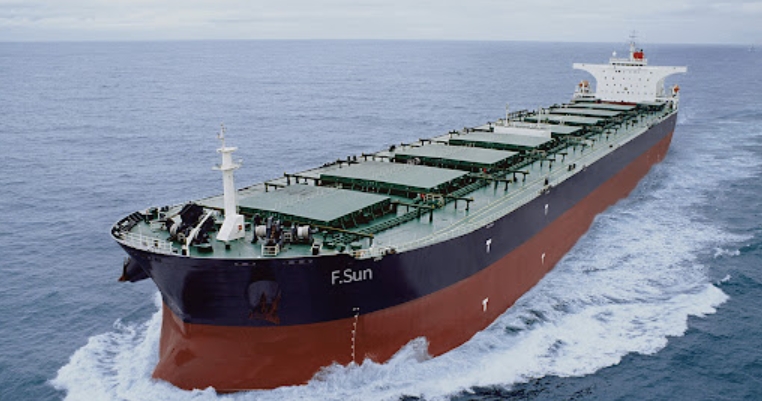Exploring the Five Oceans: A Deep Dive into Our Blue Planet
The Earth’s oceans play a vital role in regulating the climate, supporting biodiversity, and providing resources for human life. Understanding the Five Oceans—Pacific, Atlantic, Indian, Southern, and Arctic—can help us appreciate their significance and the challenges they face. This article explores each ocean, highlighting their unique characteristics and importance.
Pacific Ocean: The Giant of the Seas
The Pacific Ocean is the largest and deepest ocean in the world, covering over 63 million square miles. It stretches from the Arctic in the north to the Southern Ocean in the south, making it home to diverse marine life, including whales, dolphins, and various fish species. This ocean is also known for the Pacific Ring of Fire, an area with a lot of volcanic activity and earthquakes. The Pacific is crucial for global weather patterns and is a major pathway for international shipping, influencing economies worldwide.
Atlantic Ocean: The Connector of Continents
The Atlantic Ocean, the second-largest ocean, separates North America from Europe and Africa. It serves as a critical trade route and is known for its rich history of exploration and colonization. The Atlantic is also vital for marine biodiversity, featuring unique ecosystems like the Sargasso Sea, famous for its floating seaweed. In addition, the Gulf Stream, a warm ocean current, helps regulate climate in Europe and North America, demonstrating how interconnected our planet is.
Indian Ocean: The Warm Waters
The Indian Ocean ranks as the third-largest ocean and is known for its warm waters and monsoon winds. It borders several countries, including India, Australia, and parts of Africa, making it an essential area for trade and cultural exchange. The Indian Ocean is important for its biodiversity, home to coral reefs, and various marine species. It’s also a crucial location for global shipping routes, connecting East and West, and is a significant source of seafood, supporting millions of livelihoods.
Southern Ocean: The Cold Frontier
The Southern Ocean is unique as it encircles Antarctica and is defined by its distinct ecosystem. It’s the fourth-largest ocean and plays a vital role in regulating the climate by controlling ocean currents. This cold, nutrient-rich water is essential for supporting large populations of krill, which are a crucial food source for many marine animals, including seals and penguins. As climate change poses challenges to this region, understanding the Southern Ocean’s role is more important than ever for conservation efforts.
Arctic Ocean: The Fragile Beauty
The Arctic Ocean, the smallest and shallowest of the five oceans, is located around the North Pole. Its icy waters and unique landscapes create a habitat for various species, including polar bears, seals, and migratory birds. The Arctic Ocean is sensitive to climate change, showcasing rapid warming and ice melt that threaten its delicate ecosystems. As nations explore this region for resources, it’s essential to address the environmental impacts and work toward sustainable practices.
In Conclusion
The Five Oceans are not just vast bodies of water; they are essential to our planet’s health and well-being. Understanding their unique characteristics and the challenges they face helps us appreciate the need for conservation and sustainable practices. Explore these oceans further and learn how you can contribute to their protection, ensuring a healthy planet for generations to come.

